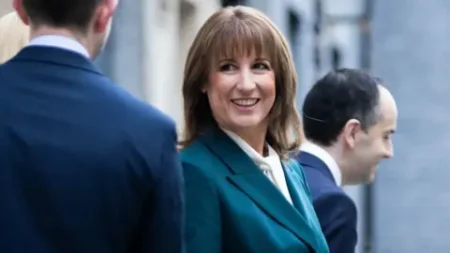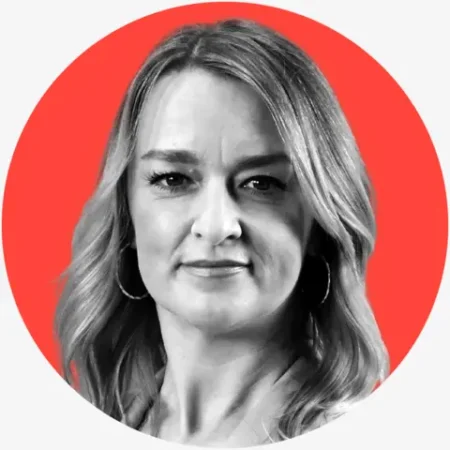In recent developments, President Donald Trump is poised to convene with his advisers on Wednesday to discuss an unexpected vacancy on the Federal Reserve Board of Governors. This news comes from a source who is closely following the situation. The vacancy arises from the announcement made by current Fed Governor Adriana Kugler, who revealed her intention to leave her position at the end of the week. Notably, Trump has been vocal in his criticism of the Fed’s decisions regarding interest rates, which may influence the urgency with which the White House seeks to finalize Kugler’s replacement.
The departure of Kugler, whose term was originally set to conclude in January, has opened a window for Trump to consider his options. Before Kugler’s announcement, White House officials had already identified the forthcoming vacancy, making it a topic of discussion in recent months. For Trump, this opens up a strategic opportunity—particularly as he contemplates a nominee to supplant current Fed Chair Jerome Powell when Powell’s term concludes next May. Moreover, the position allows Trump to potentially appoint someone who shares his inclination toward reducing interest rates without delay.
In weighing this choice, Trump faces a critical decision: whether to nominate an individual who would effectively fulfill the remaining months of Kugler’s term or opt for someone who would serve an entire term beginning after January. During a press briefing on Tuesday, Trump indicated his intention to make a decision by the end of the week, signaling a swift response to the situation.
Currently, Trump is still deliberating on his candidate to succeed Powell. He has shared that he has narrowed it down to four potential picks. Two names publicly recognized in this pool are Kevin Hassett, who currently heads the National Economic Council, and Kevin Warsh, a former Fed Governor. While Trump withheld the names of the two remaining candidates, sources suggest that Christopher Waller, a current Fed Governor, is among them. This selection process, critical to the future direction of the Federal Reserve, is still in its formative stages.
Adding to the complexity of the situation is Treasury Secretary Scott Bessent’s comments made last week. He noted that the team was compiling a list for the President’s review and preparing to conduct interviews. Bessent had previously been considered a key candidate for Powell’s replacement; however, recent reports indicate that he has withdrawn his name from consideration and intends to maintain his position at the Treasury.
A significant aspect of Trump’s potential decisions revolves around the timing of nominations for the board. By appointing a temporary replacement for Kugler now, he might reserve the January vacancy for someone more aligned with the long-term vision he wishes to implement within the Fed. As a reminder, while Powell’s chairmanship will expire in 2024, his role as a governing member of the Fed extends until 2028, complicating any plans regarding his potential departure.
Although White House officials predict that Powell is unlikely to remain once he relinquishes his chairmanship, Powell himself has not offered any information regarding his future at this juncture. It is clear that the forthcoming changes within the Federal Reserve will have lasting ramifications for economic policy in the United States.
Kugler, whose term has been marked by her stance against immediate rate cuts, will fulfill her last day at the Federal Reserve on August 8. For the incoming nominee, the implications of this appointment extend beyond simply filling a vacancy; it represents a critical point that could shape the Federal Reserve’s monetary policy trajectory in the coming years. As this narrative unfolds, it remains essential for observers and stakeholders alike to keep a vigilant watch on the decisions arising from the White House and their subsequent impacts on the financial landscape.











